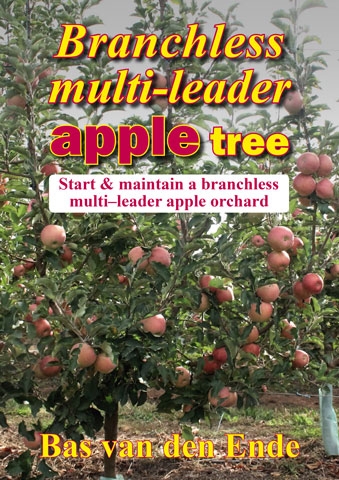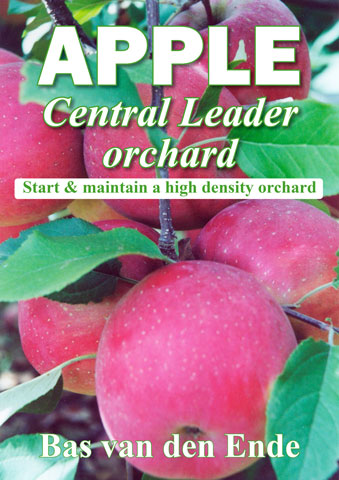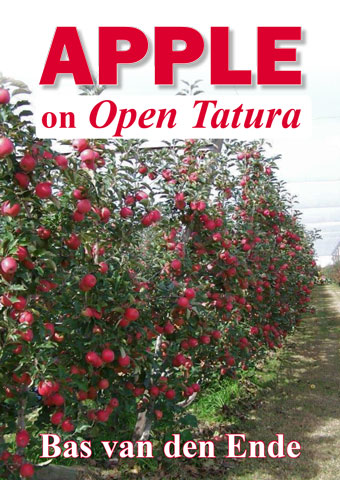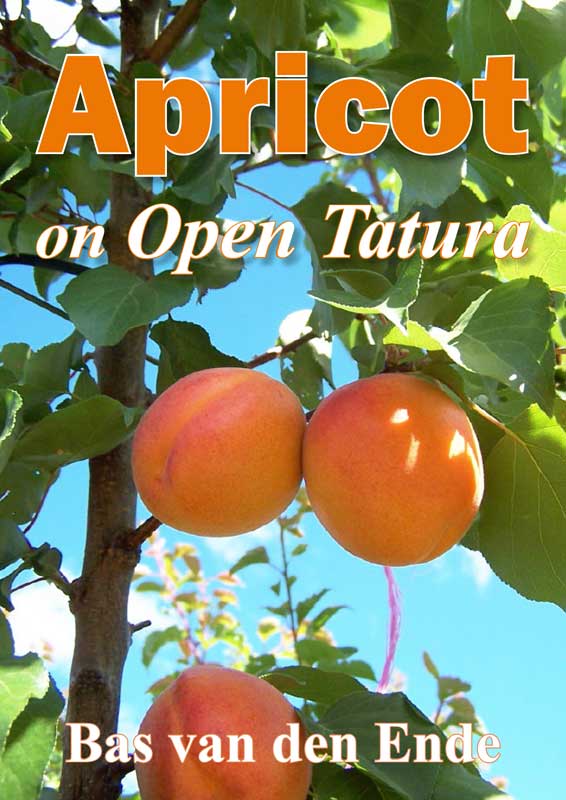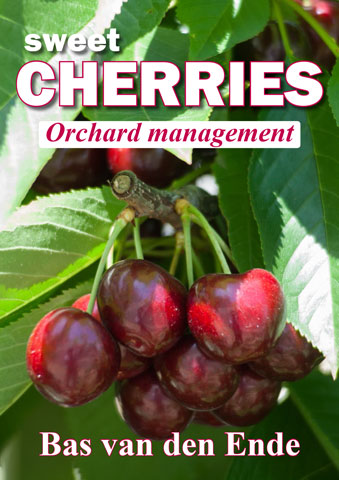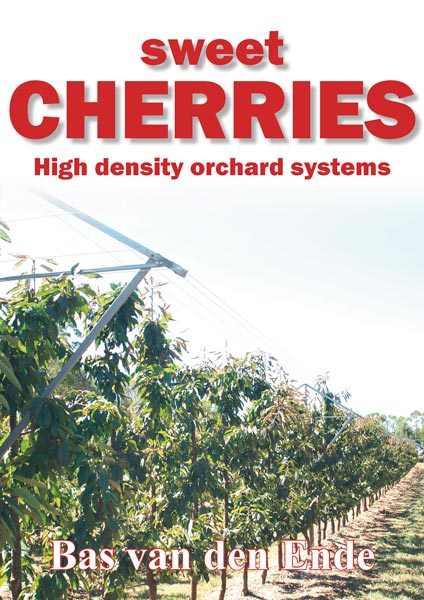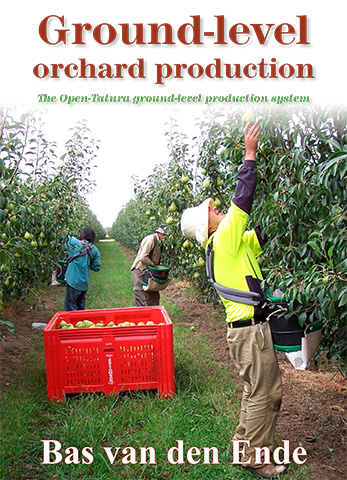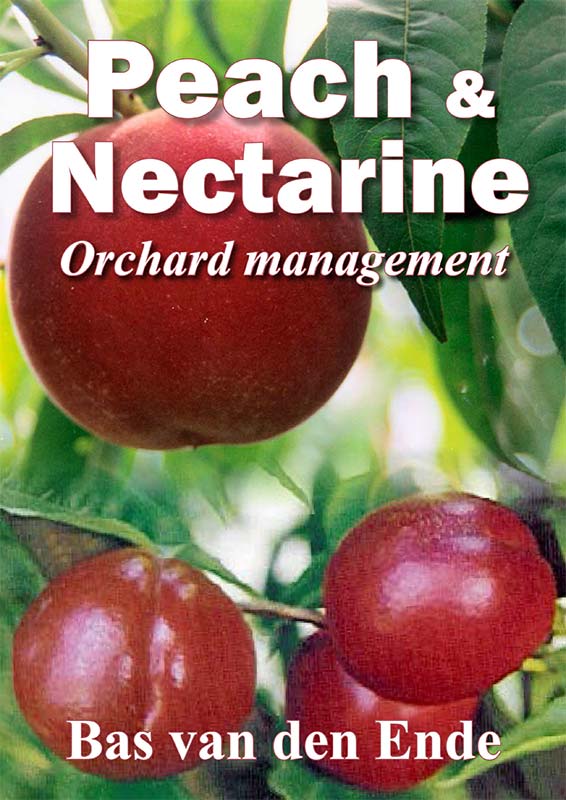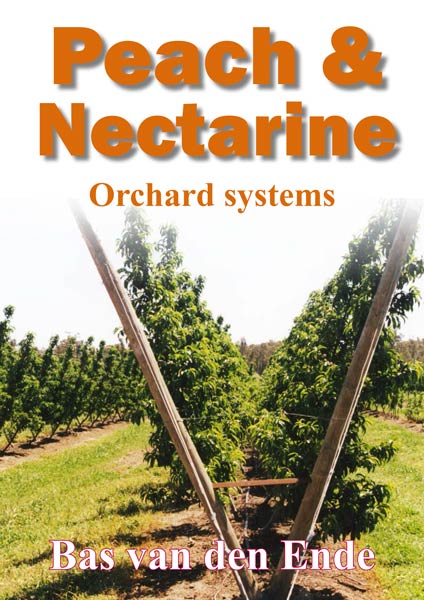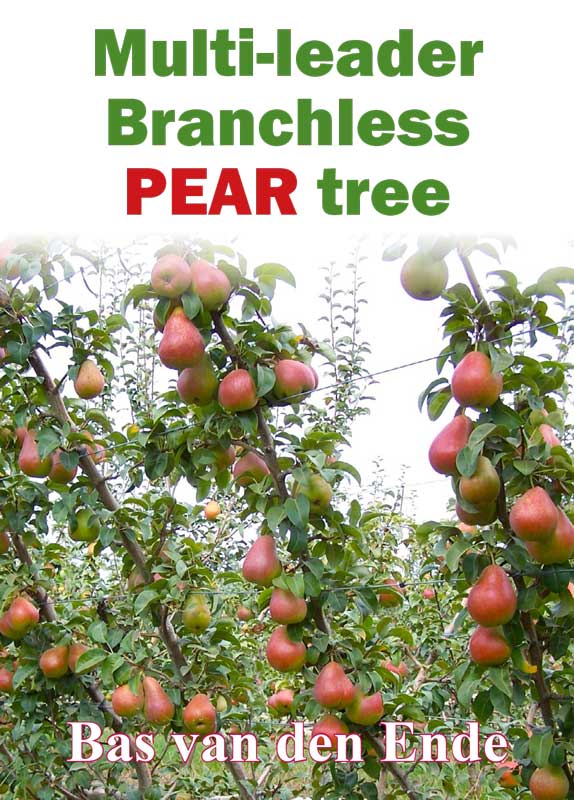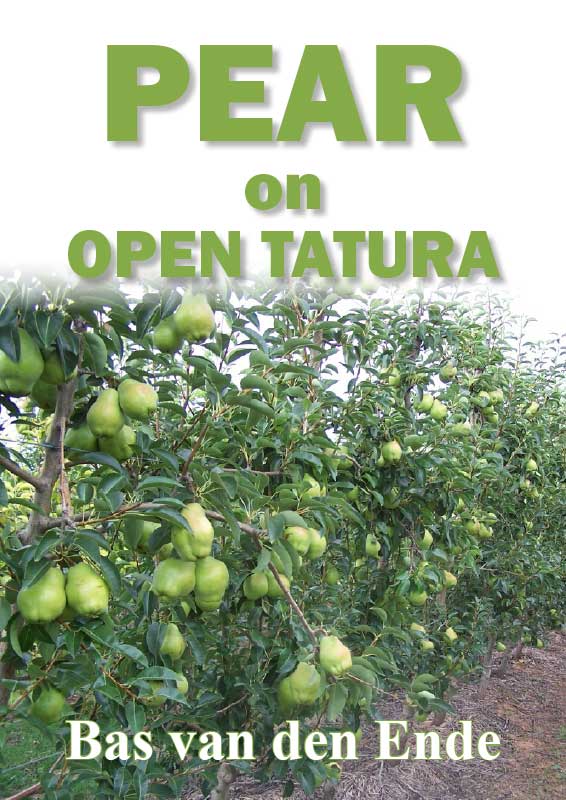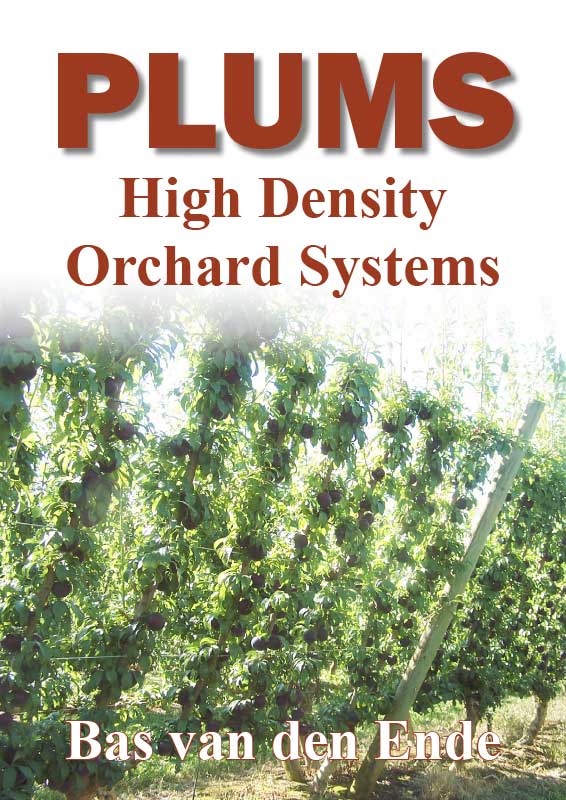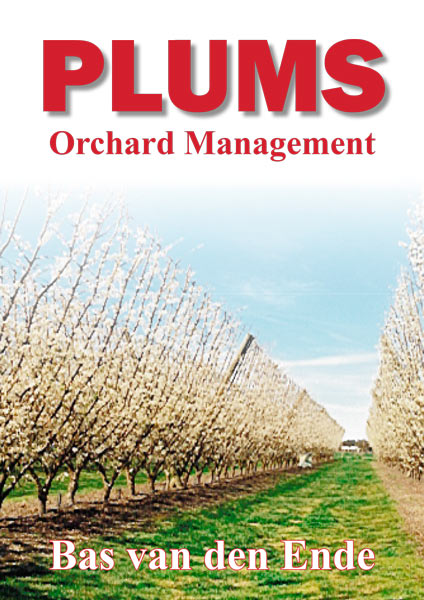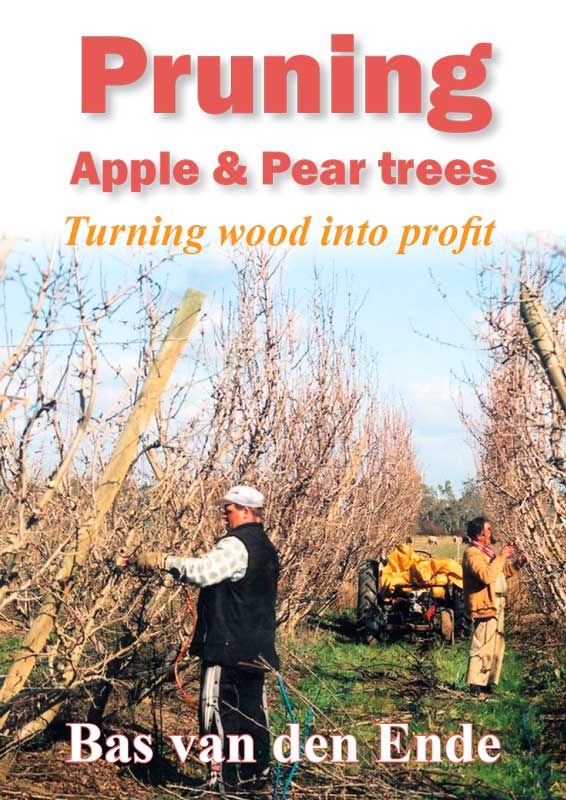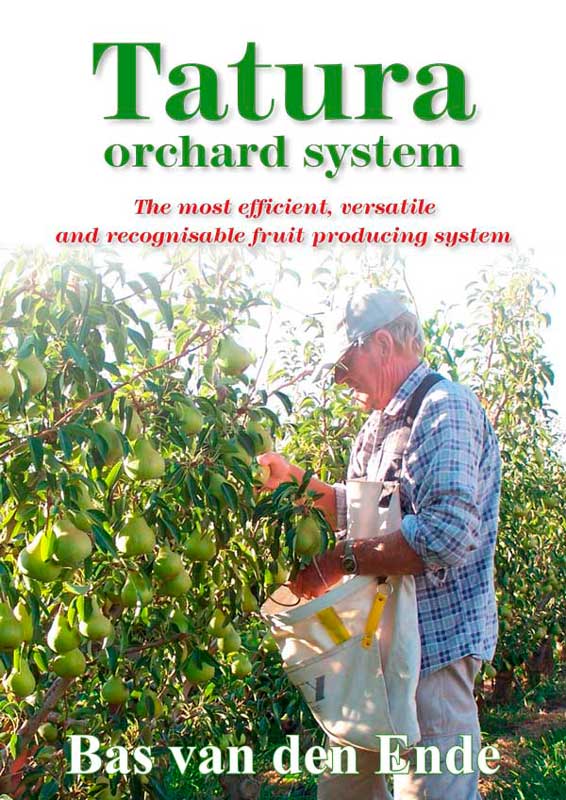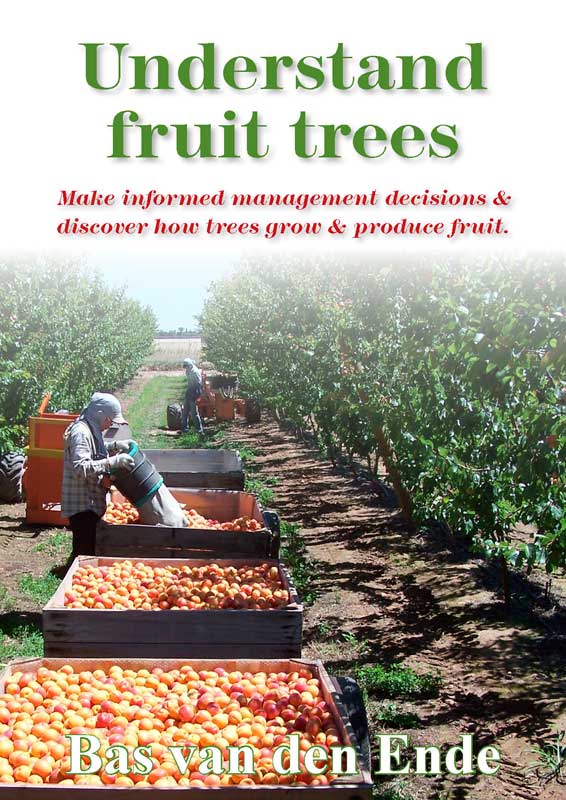Poor returns for apples over the last six months have put pressure on orchardists to reduce costs. Cost reduction often involves reviewing some of the major input costs such as fertiliser, codling moth control, labour, chemical thinning and protective netting.
 Codling moth control options
Codling moth control options
Growers today are fortunate to have many options available for codling moth control.
Options include various types of mating disruption (Isomates and Puffers); insecticides (e.g. Altacor, Insegar); and a new class of biological insecticide based on the naturally occurring Cydia Pomonella Granulosis virus (Madex or Cyd-X).
With so many options available, a codling moth program can be tailored to meet the requirements of individual orchardists.
Mating disruption is still seen as the premium method for codling moth control. The only down side to this option is the labour costs for application.
If growers prefer spraying, then there are many insecticides available to develop a program.
Two common reasons for growers preferring to spray insecticides as opposed to using mating disruption are: the cost associated with mating disruption products; and/or the issue of secondary pests in the orchard.
Secondary pests
Codling moth is seen as a primary pest.
While using mating disruption for codling moth control, secondary pests such as woolly apple aphid, lightbrown apple moth, Heliothis, looper and Harlequin bug can cause significant crop losses and become a major pest requiring multiple insecticide applications.
When a mating disruption block requires insecticide sprays for increasing secondary pest issues, then the economics of mating disruption diminishes.
Insecticide program
Codling moth programs have undergone changes due to the removal of some older insecticides from the market, and the introduction of newer more selective insecticides.
The following codling moth program incorporates two of the relatively new insecticides: Altacor and MADEX/Cyd-X; along with one of the old insecticides, Insegar.
Even though Insegar is one of the older insecticides it has a good IPM profile (unlike many other older insecticides). This makes it worth considering when formulating a spray program.
Possible codling moth insecticide program
1st Generation—Altacor
2nd generation—Insegar
3rd generation—Madex or Cyd-X
This program could be suitable for an orchard favouring an IPM–friendly approach and where codling moth pressure is moderate to high.
All three insecticides—Altacor, Insegar and Madex/Cyd-X—have very good IPM profiles. It is important to rotate the chemical groups of the insecticides used for resistance management.
Altacor and Insegar applications may also help with some secondary (caterpillar) pest issues.
The biological insecticides Madex/Cyd-X are positioned towards the end of the season for two key reasons: they have no withholding period—so provide more flexibility for harvest—and, because they are specific to codling month and do not affect any other insects, and since there are generally fewer secondary pest issues by the time the third generation emerges, this may be the best position for these products in the program.
For information, see October 2012 Tree Fruit

